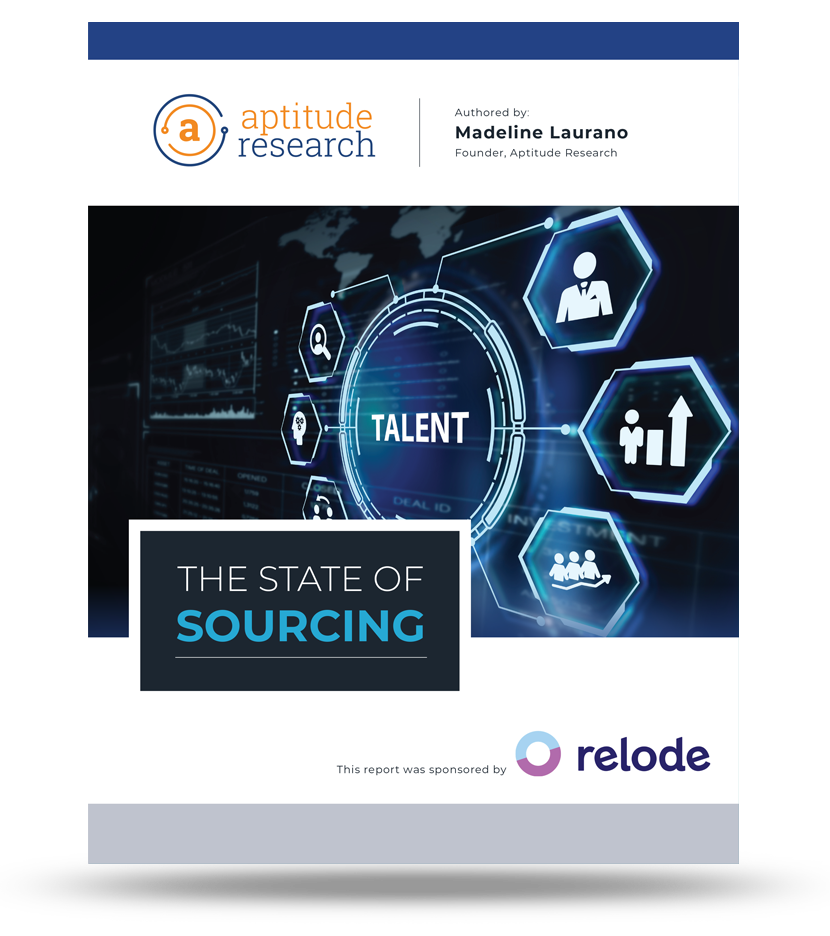My feelings about the CRM market are complicated. I know I am not alone.
It is a critical element in the modern technology stack. We found that 76% of enterprise companies use or plan to use a CRM to support their recruitment efforts. To remain competitive in talent acquisition across industries, companies understand the importance of engaging and nurturing talent before they apply for a job.
The potential and opportunities offered by a CRM are immense; but the reality is that many companies fail to recognize its value. Only 1 in 4 companies express high satisfaction with their CRM providers, and only 18% would recommend their CRM to another company. This disparity reveals a significant gap between the potential capabilities of a CRM and the actual value it currently delivers.
The Challenges with the CRM Market:
The current state of the CRM market has three fundamental challenges:
Adoption: Companies often find themselves overspending on CRM capabilities that are not adopted. The investment in functionality that is never used contributes to an inefficient allocation of resources. Currently, 61% of companies spend more on their CRM than on their ATS.
Recruiter Experience: A critical challenge lies in the fact that those purchasing the CRM are not the same individuals using it. The traditional CRM is not tailored to support the workflow or enhance the experience of recruiters. This misalignment leads to a disconnect between user expectations and system capabilities.
ROI Measurement: Companies face a critical issue in not effectively measuring the Return on Investment (ROI) of their CRM investments. The lack of robust evaluation metrics hinders organizations from understanding the true impact and value derived from their CRM implementation. Only 1 in 2 companies measure the ROI of their CRM investments.
These challenges have created frustrations for both buyers and traditional providers that are not able to support customer needs. Fortunately, the CRM market is shifting. Today, HireEZ announced its CRM designed by recruiters for recruiters. As traditional players are expanding their capabilities beyond talent acquisition, a new wave of providers with a heritage in sourcing are entering the market with the goal of providing more cost-friendly options that meet the needs of the modern recruiter.
The Benefits of Integrating Sourcing and CRM Capabilities
Having sourcing capabilities in a CRM is important for several reasons, as it significantly enhances the efficiency and effectiveness of the talent acquisition process. Unfortunately, many companies do not integrate the two. We found that
- Only 15% of companies say their CRM seamlessly integrates with sourcing.
- Only 31% of TA leaders and HR leaders want one solution for sourcing and CRM compared to 72% of recruiters that want one provider.
Here are key reasons why sourcing is a crucial component in a CRM system:
Proactive Talent Identification: Sourcing allows recruiters to proactively identify and engage with potential candidates, even before they apply for specific job openings. This proactive approach helps in building a pool of qualified candidates for current and future hiring needs.
Wider Talent Pool: With sourcing capabilities, recruiters can tap into a broader talent pool by searching for candidates through various channels, including social media platforms, professional networks, and external databases. This widens the scope of potential candidates beyond those actively applying for positions.
Building Talent Pipelines: Sourcing is instrumental in building and maintaining talent pipelines. Recruiters can continually identify and engage with potential candidates, categorizing them based on skills, experience, and other criteria. This ensures a steady pool of qualified individuals for various roles, reducing the time and effort required for future hires.
Enhanced Candidate Relationships: Sourcing is not only about finding candidates but also about initiating and nurturing relationships. By proactively engaging with potential candidates, recruiters can establish a positive rapport, making candidates more likely to consider opportunities with the organization.
Rediscover Talent: Companies can rediscover talent in their ATS without having to manually search for candidates by engaging and nurturing talent frequently.
We are finalizing our Aptitude Index report on the CRM market and the shifting landscape is a big focus. We are including providers of these next generation CRMs.








